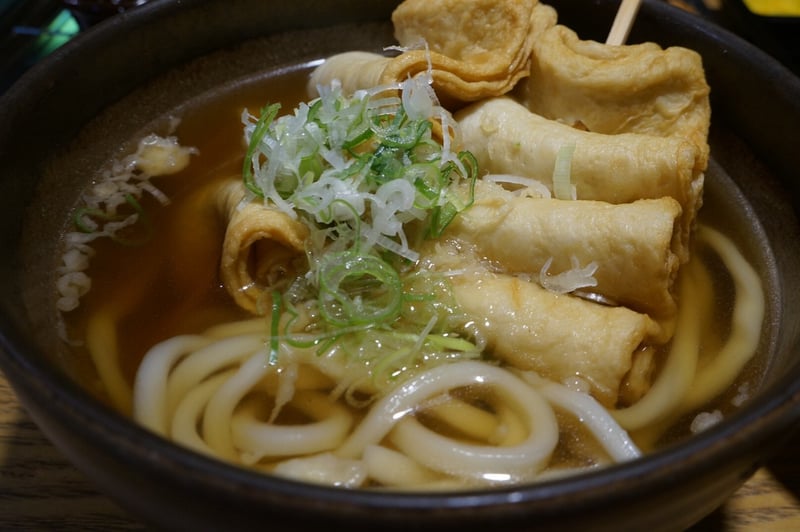Traditional Mix
The Art of Culinary Cross-Cultural Integration

In today's interconnected world, culinary traditions from different cultures often intersect, leading to a delightful fusion of flavors and techniques. This cross-cultural integration has given rise to a diverse range of dishes that celebrate the best of multiple culinary heritages.
Exploring Traditional Mix
One of the most exciting aspects of culinary cross-cultural integration is the blending of traditional ingredients and cooking methods from various parts of the world. This fusion not only creates unique and innovative dishes but also pays homage to the rich culinary histories of different cultures.
Imagine savoring a dish that combines the spices of India with the noodles of China, or enjoying a dessert that marries the sweetness of European pastries with the tropical fruits of South America. These traditional mixes not only tantalize the taste buds but also tell a story of cultural exchange and culinary evolution.
Benefits of Cross-Cultural Integration in Cuisine
- Expanded Palate: By embracing culinary cross-cultural integration, individuals can expand their palates and discover new and exciting flavors.
- Cultural Appreciation: Trying dishes that blend traditions from different cultures fosters a deeper appreciation for culinary diversity and global heritage.
- Culinary Innovation: Cross-cultural integration often leads to culinary innovation, inspiring chefs to create dishes that are both delicious and unique.
Examples of Traditional Mix Dishes
- Fusion Tacos: A creative blend of Mexican taco fillings with Asian-inspired flavors, such as Korean BBQ beef or Thai peanut chicken.
- Sushi Burrito: A fusion of Japanese sushi and Mexican burrito, combining fresh fish, rice, and vegetables in a handheld wrap.
Embracing culinary cross-cultural integration and traditional mix not only offers a delicious dining experience but also promotes cultural exchange and appreciation in today's globalized world.

